From its source near the hamlet of Burnside to its emptying into the North Sea beyond Guardbridge, the 45 mile (72 km) long River Eden has been the lifeblood of the Howe of Fife for millennia.
From Cupar’s Pictish origins translated as the “place where two rivers meet”, to the granting of a port at Guardbridge in 1381 by King Robert II to help boost Cupar’s trade with Flanders, the Eden has been inextricably linked with the fortunes of those living next to it through the centuries.
But while the river continues providing a wide range of ecological, economic, and social benefits along its course, concerns have been raised that, like many rivers in the UK, the modern day Eden is under pressure.
Water quality, river habitats and fish numbers, not least the iconic salmon, have all declined.
The river is officially classified by SEPA as ecologically ‘poor’ or ‘moderate’ and at risk of further deterioration.
Scottish Water figures published under FOI in May 2023 showed that raw sewage spilled into the Eden 193 times in 2022, amounting to nine million litres.
This followed a chemical leak from the Cupar waste water treatment works in October 2018, which caused localised pollution, the death of hundreds of fish and, in 2021, Scottish Water being prosecuted and fined £6,700.
Other concerns include the decline of the plant ranunculus and the spread of invasive species like giant hogweed.
Climate change was evident in August 2022 when farmers were temporarily banned from taking water after it fell to a “critical” level.
According to the Eden Angling Association, only 17 salmon were caught by fishermen on the river this year, which is less than half of the previous year.
Then, of course, the other extreme of climate change was experienced this week when Storm Gerrit’s intense downpours again led to serious localised flooding, raising further questions about future land use, water management and infrastructure.
But now an organisation that was set up to improve the River Eden and its tributaries is fighting back.
What difference does the River Eden Sustainability Partnership hope to make?
The River Eden Sustainability Partnership (RESP) – which currently includes Fife Coast and Countryside Trust (FCCT), Eden Angling Association and Sustainable Cupar – is about to start a conversation with river landowners and land managers, inviting them to share their issues and help shape a positive future for the river.
An event called ‘River Eden Catchment- Any Questions?’ is being held from 2.30pm until 5pm on February 12 at the University of St Andrews, Cathedral Room, Walter Bower House, Guardbridge.
Panel members will include Willie Rennie MSP, Kate Maitland NFU Scotland and others from SEPA, Scottish Water, Fife Council, Scottish Invasive Species Initiative, Woodland Trust, Tay Rivers Trust, Crown Estates, RESP and FCCT.
Michael Farrell, chairman of RESP, is secretary and treasurer of the Eden Angling Association and also a member of Sustainable Cupar.
He explained RESP was applying to the Scottish Government Nature Restoration Fund to fund a project to help secure a sustainable future for the River Eden and its catchment, including the Ceres Burn, Lady Burn and Motray Water.
The ambitious project includes control of invasive non-native species giant hogweed, Japanese knotweed, skunk cabbage and Himalayan balsam.
It also proposes habitat improvement works to stabilise erosion and create more suitable river conditions for fish, invertebrates and other wildlife.
This includes re-establishing vital riverweed and planting trees to provide shade for cooling.
There are also plans to co-ordinate a local network of volunteers trained in river citizen science and habitat restoration.
The Friends of the River Eden programme will give opportunities for local communities to connect with and take care of the river.
However, for this community-wide project to succeed, the support of landowners and land managers all along the river and its tributaries is key.
Engaging with landowners is first aim of River Eden Sustainability Partnership
“In the early stages we’d like to carry out surveys of the river, gather evidence and identify key locations for improvement actions,” said Michael.
“We want to make sure that land owners and managers are comfortable supporting the project.
“How might it benefit them? What concerns do landowners and managers have, and why?
“The first strand of the project ties in with something FCCT have been trying to do for a long time – and that’s trying to control invasive plant species.
“The second strand would be to have some kind of impact on habitat improvement.
“From the angling point of view it’s to do with fish.
“But overall it’s a biodiversity objective and that would mean a whole range of measures, some short term, some long term.
“Things like planting trees in some areas to improve shading, keep water cool, because with climate change water temperature is rising – that’s detrimental to fish, particularly trout and salmon.
“Another measure is improving the flow diversity so there’s the right kind of substrate in the river.
“You’ve got all these straightened sections, got all this silt going into the river from agriculture and it clogs up the river bed and makes poor conditions for spawning.
“Trying to encourage an approach too where water is held back to help alleviate flooding.
“That might be by more vegetation on the landscape, but also by more surface water being impounded by farmers, that they can then use during the summer months when there’s drought.
“We’re also trying to get the ranunculus back.
“SEPA did a report on its disappearance in 2018 and it was inconclusive why it hadn’t grown back after what they suggested was probably a herbicide kill of some sort.
“The third aspect would be community engagement.
“Seeing the river as part of peoples’ lives so there’s a greater awareness of its importance in all our lives and how they might benefit from it, particularly if habitats are improved.”
Structural changes are also impacting on the flow of the River Eden
RESP member Dallas Seawright is a conservation manager with FCCT.
He describes the pressures facing the Eden as a “fairly complex thing” running its length.
“It’s been canalised from Dunshalt to Pitlessie,” he said, referencing the ancient Rossie Loch which was drained in the 18th and 19th centuries as part of an agricultural improvement scheme creating additional farmland.
“There’s pressure of food production which obviously we need.
“There’s some recreational pressure as well.
“And a lot of run off which has mainly arisen because we expect farmers to do certain things and because policy has led them down these routes over the years.
“The upper reaches of the Eden are also nitrate vulnerable zones, so things like planting and putting woodlands in there fits in with agri-forestry that intercepts nutrient run-off.
“You’ve got these strands that are so inextricably linked with each other.”
RESP member and Sustainable Cupar chairperson Sarah Davidson said there had been issues with Scottish Water storm water outflows into the river.
She said Scottish Water had taken a “very active stance” with RESP which was “very encouraging”.
Scottish Water is already committed to addressing high priority unsatisfactory Combined Sewer Overflows (CSOs) by 2027 as set out in the third River Basin Management Plan.
However, RESP don’t want to “sit on their hands” and wait until then.
RESP member Nicola Allison, a reader in earth sciences at St Andrews University, said that if the Eden was still running in its natural state, it would be a “completely different river”.
Many things could be done as part of a long-term vision to improve biodiversity.
In the shorter term, they are taking “small steps towards trying to improve it”.
It’s hoped it could help inspire other projects elsewhere.
How to find out more about the River Eden Sustainability Partnership events
Following the landowners/ land managers event hosted in St Andrews University premises at Guardbridge on February 12, a wider community celebration of the River Eden is planned at the Old Parish Centre, Cupar, on March 2.
For further information about both events contact Sarah Davidson, chair Sustainable Cupar sarahdavidson2020@gmail.co.uk or Michael Farrell, secretary Eden Angling Association eaasecretary2022@gmail.com

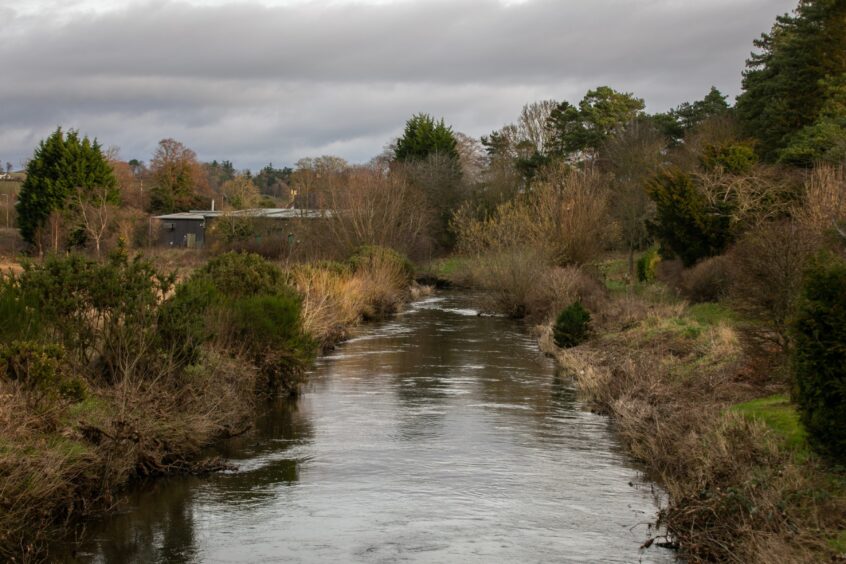



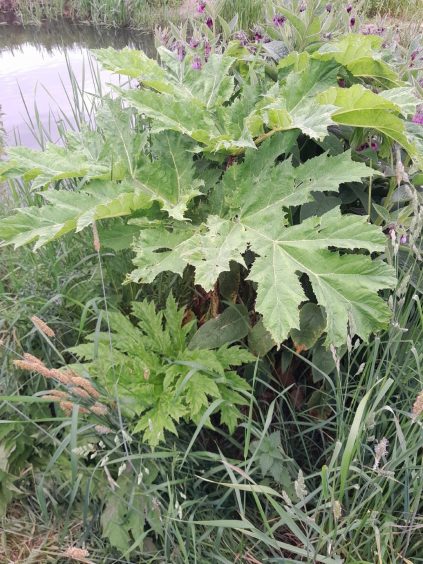
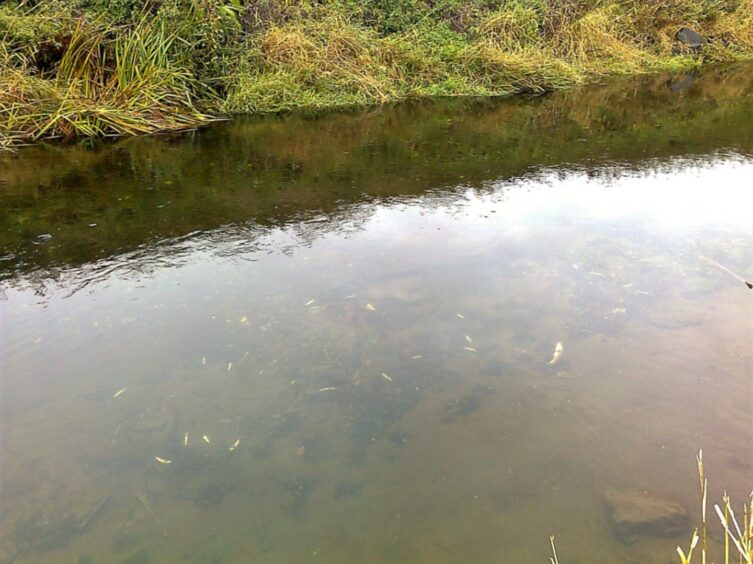
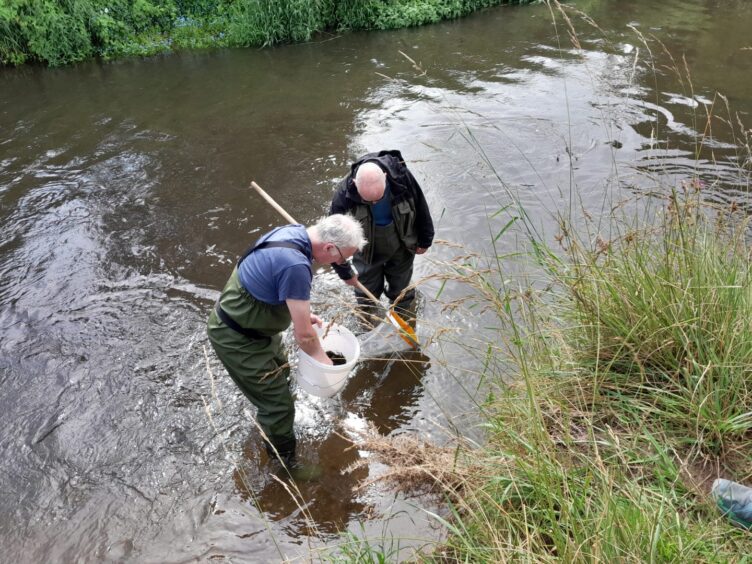
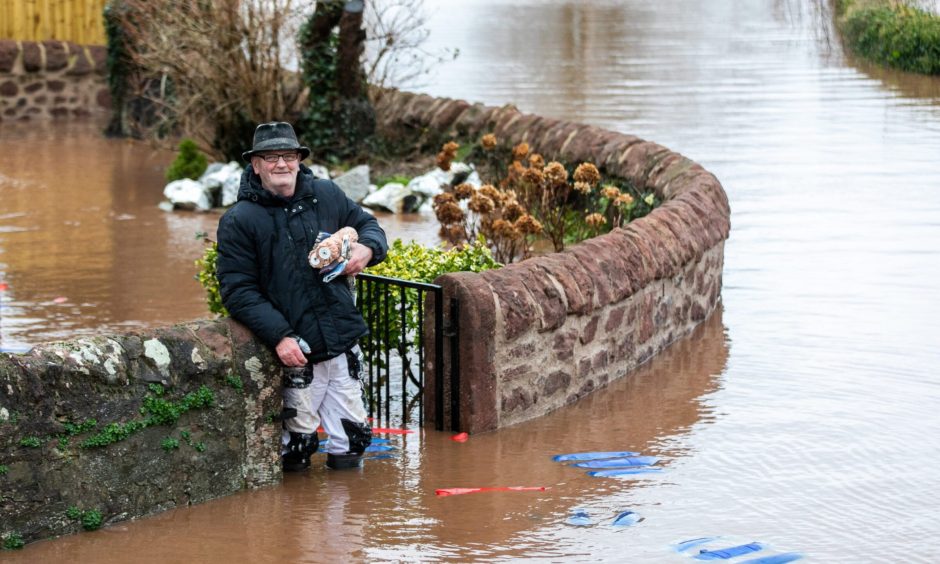
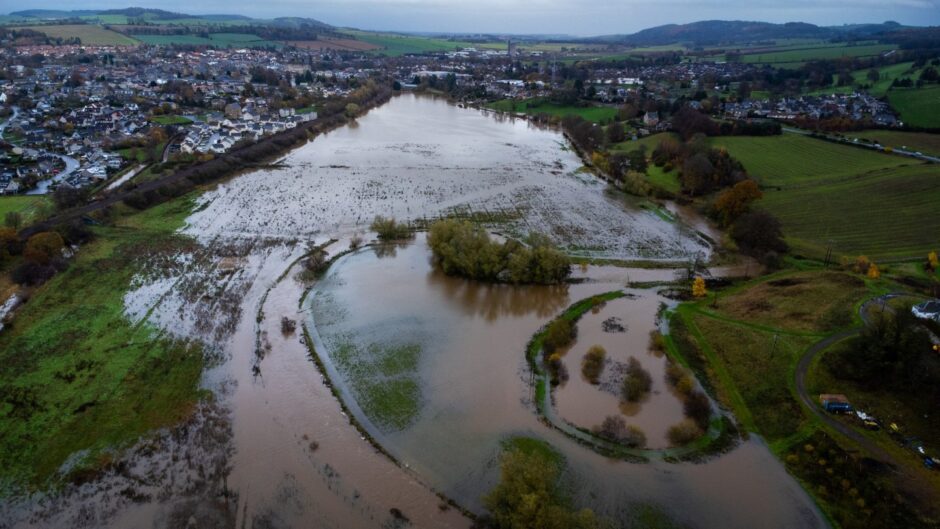
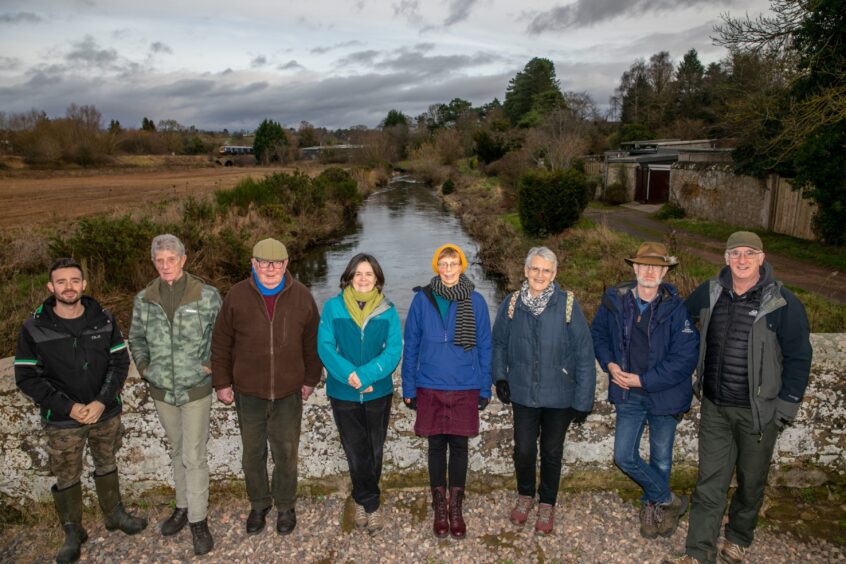
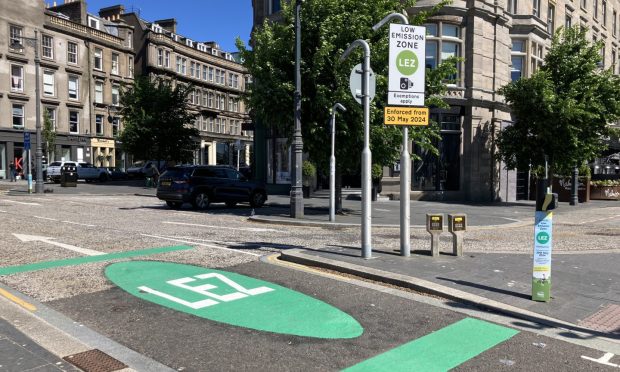
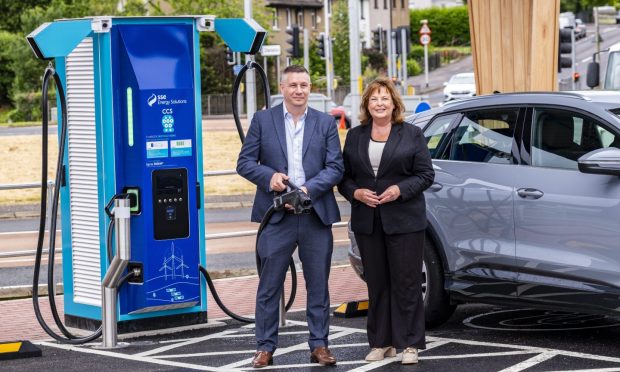
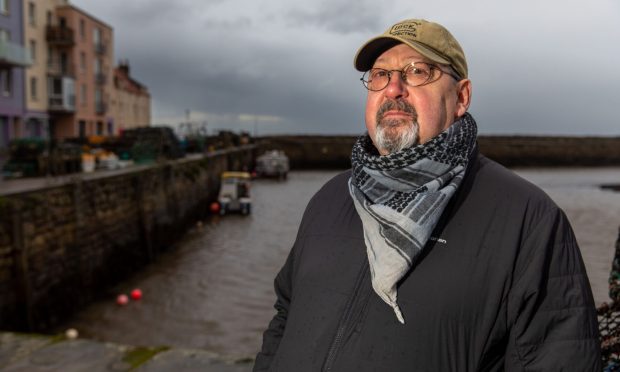


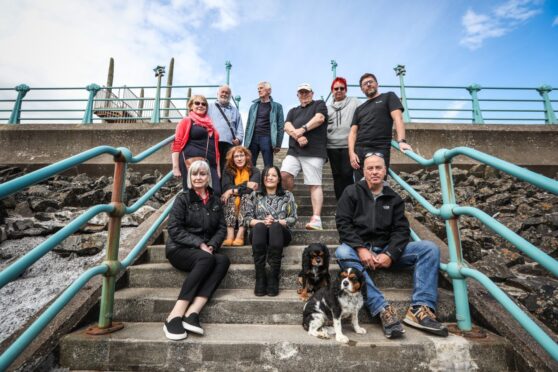
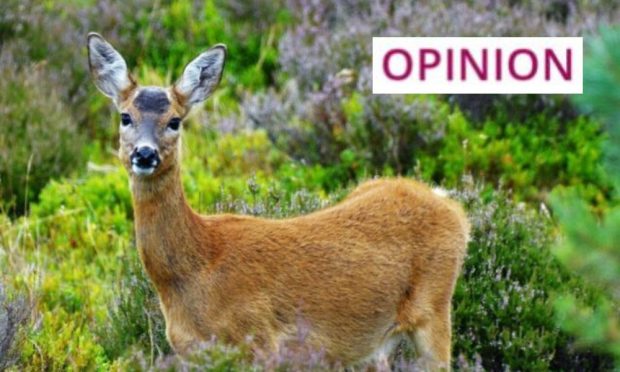
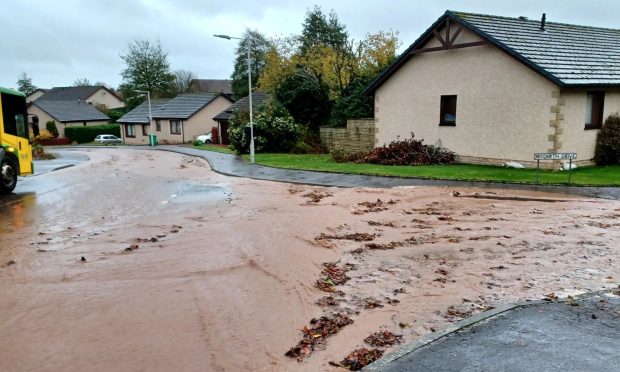
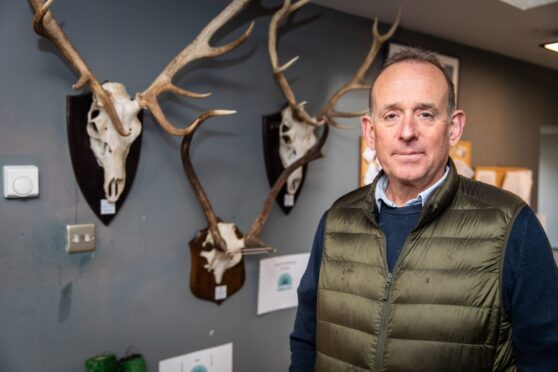
Conversation